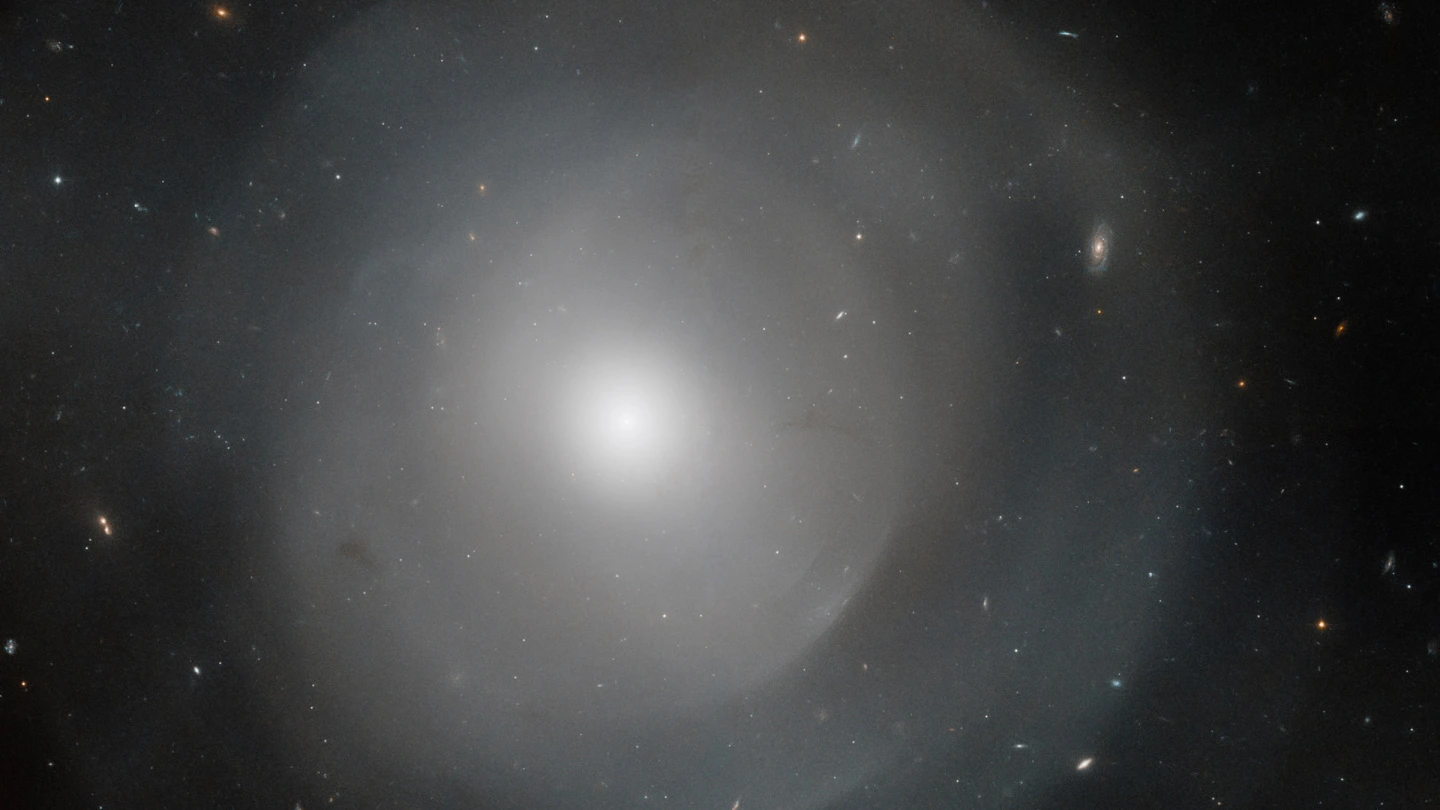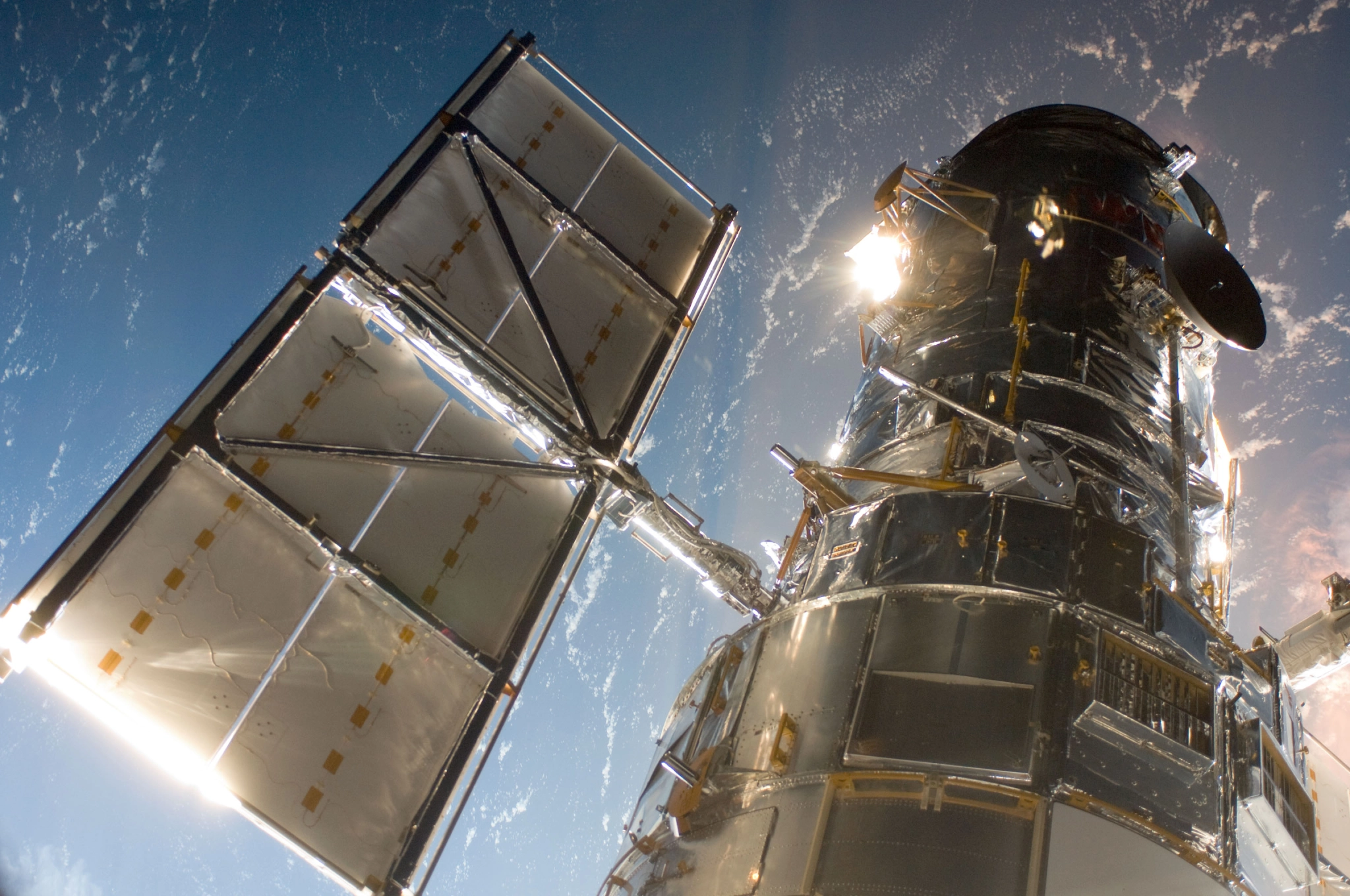Most elliptical galaxies are usually found in galaxy clusters. However, the new Hubble image of NGC 474 shows an interesting picture NGC 474 is not surrounded by galaxy clusters, but in a relatively empty space. In addition, the galaxy is surrounded by a "shell"

NASA said this could be the result of NGC 474 swallowing smaller galaxies. Many people think this could have happened billions of years ago. But in the end, no one is completely sure how these tidal "shells" form around galaxies.
NASA's Hubble Space Telescope has discovered I found some wonderful things. First of all, its nearly 30 years of observation has given people a lot of information about how the universe expands. In addition, the telescope recently captured images of two galaxies locked together and "Dancing". But now, a new photo shows a galaxy surrounded by a "shell".

This galaxy is NGC 474, which is an elliptical galaxy. Hubble recently captured a close-up image of the galaxy, revealing more information about its size. Scientists estimate that this galaxy is 2.5 times larger than our Milky Way galaxy. However, this size is not the only interesting feature.
Because there are several layers around the galaxy. Scientists are not entirely sure what caused these "shells". However, they believe that this may be caused by Galaxy merger. Such merging may result in different layered shells. NASA said that this is similar to a small stone falling into a pond, which may produce ripples on the water surface.
NGC 474 is mainly located in open space. In general, it is about 100 million light-years away from the earth. Its diameter is also about 250000 light-years.

Because of its interesting features, scientists have studied the tidal shell surrounding the galaxy. There have been many studies on how these shells formed, although the general consensus still seems to be that NGC 474 swallowed up another galaxy billions of years ago. However, what makes the galaxy surrounded by the shell more remarkable is that it is moving away from the sun.
Scientists believe that due to dark energy, the galaxy is moving outward at a speed of 2412 kilometers per second. Therefore, it may continue to be farther and farther away from the sun. Astronomers have also discovered a supernova in the galaxy. They named it Sn 2017fgc after their discovery in 2017.